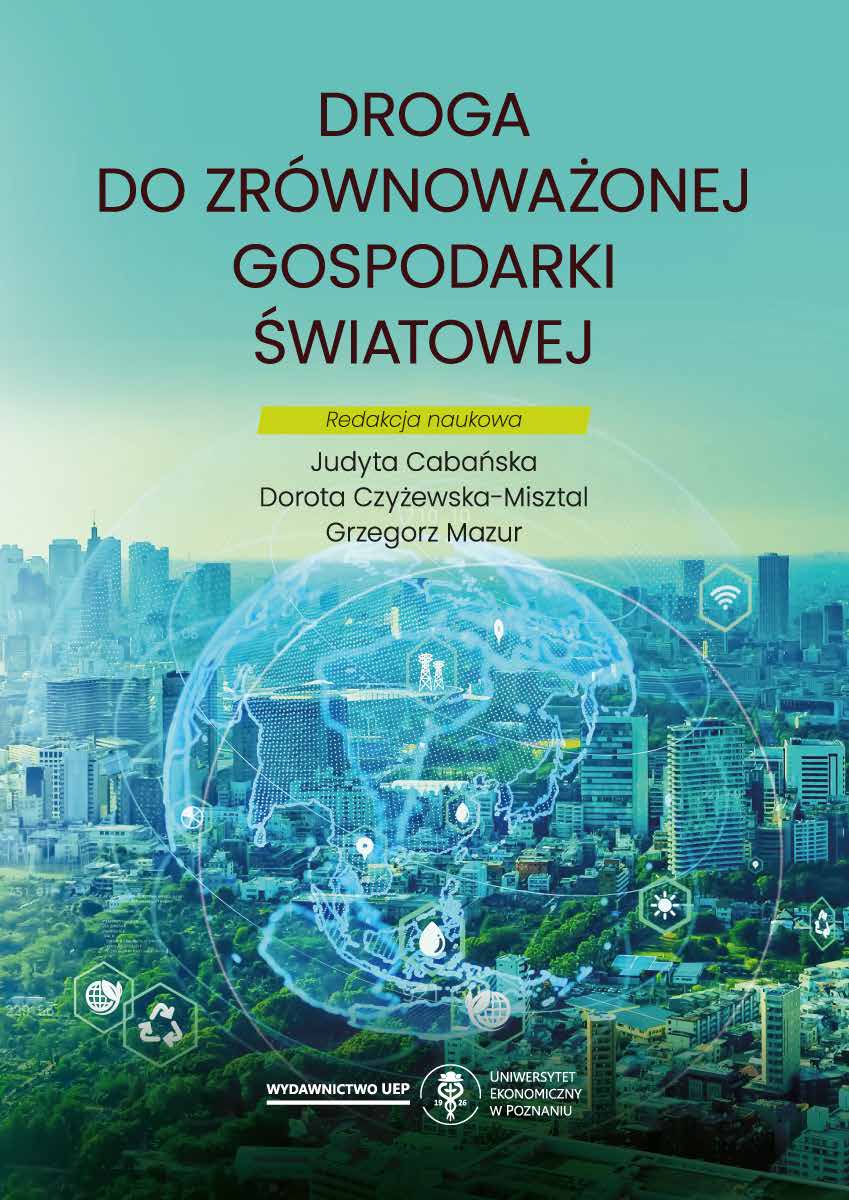Author(s): Tomasz Kłys / Language(s): Polish
Publication Year: 0
Almost from the beginning of Fritz Langs’ oeuvre ("Der müde Tod", 1921) till his last film ("Die 1000 Augen des Dr. Mabuse", 1960) media constitute the major theme of his film output. The media are present in diegesis of Lang’s films either as technological inventions (videophone, intercom, pneumatic post, teletypewriter, radio, television, film, microphones, cameras) or are shown metaphorically (e.g., a chamber of candles as a control room of Death in "Der müde Tod" or intersubjective hallucination of concert hall audience as an allegorical representation of cinema in "Dr. Mabuse, der Spieler"). In narratives of these works media and means of communication also enable managing control over subordinates ("Spione", "Das Testament des Dr. Mabuse"), hotel guests ("Die 1000 Augen des Dr. Mabuse"), society ("Spione", "M") or mankind in general ("Der müde Tod"). Thus, it is not surprising that in Lang’s films the theme of media evokes a gloomy Orwell-like vision of pan-invigilation and total control. Its particular expressions are panopticons: places from which a ruler/controller/manager can observe and eavesdrop the part of world subjected to his/her power. As regards cinema, the medium is presented ambiguously: it is illusion and hallucination deceiving its spectators with unreal phantoms ("Dr. Mabuse, der Spieler", "Die Nibelungen"); it can fulfil the function of reviving dreams which are in reality censored by superego ("The Woman in the Window"). However, it also has the potential of revealing the truth about reality – which is demonstrated by using film as a proof of crime in first Lang’s American film – "Fury" (1936).
More...










